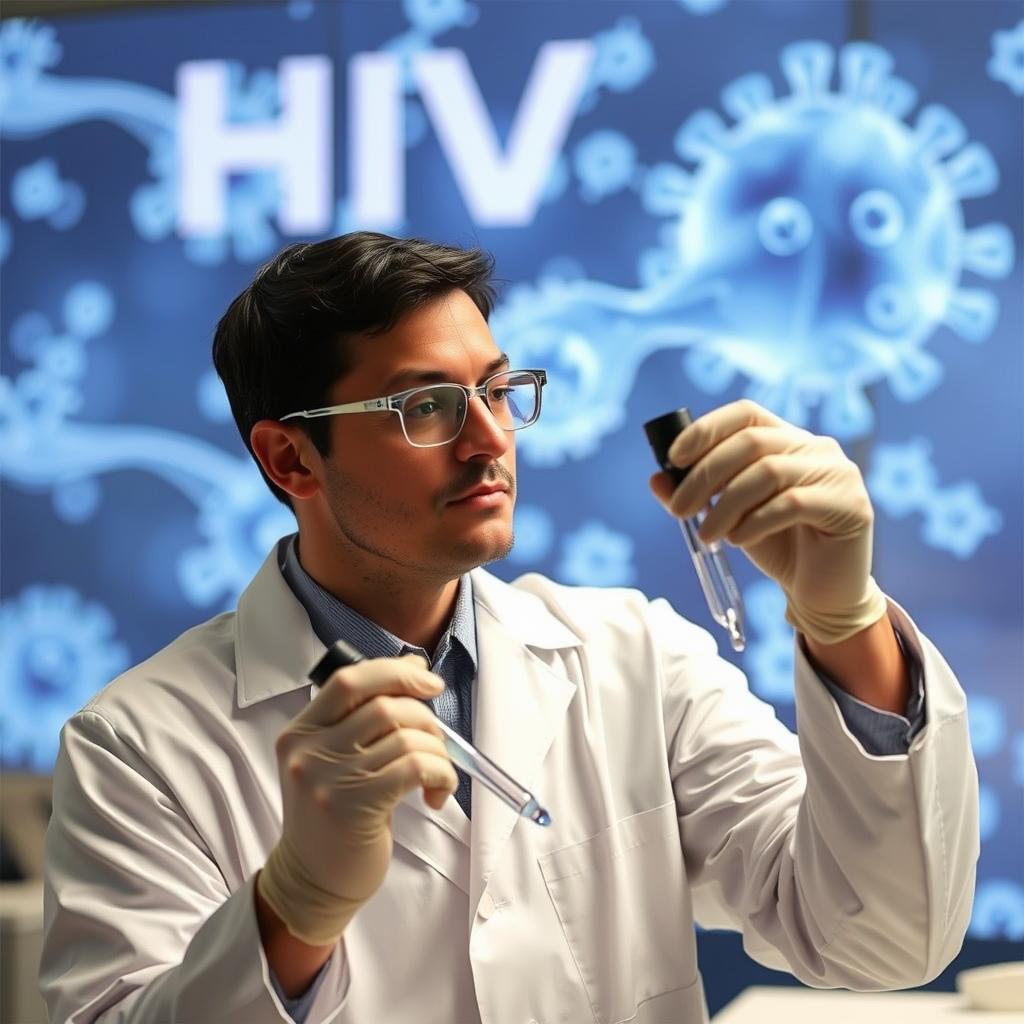
HIV Eliminated from Mice Using Gene Editing and Novel Drug Combo
- September 13, 2019
- 0 Likes
- 401 Views
- 0 Comments
In a groundbreaking study, researchers completely eradicated HIV from a subset of treated mice – a first in living animals cbsnews.com. The team combined a long-acting antiretroviral therapy (LASER ART) with CRISPR-Cas9 gene editing to flush out and snip away hidden HIV DNA. Around one-third of the treated mice showed no detectable virus afterward cbsnews.comnature.com. In those “cured” mice, HIV never rebounded, marking a potential “sterilizing cure” in this animal model nature.com. However, scientists stress this success is preliminary: it was done in special humanized mice, and translating to humans will be challenging pbs.orgcbsnews.com.

How the dual therapy works: LASER ART is a very slow-release form of HIV drugs that penetrates tissues where the virus can hide, reducing viral load to undetectable levels. CRISPR-Cas9 is a gene-editing tool that can locate and cut out proviral HIV DNA integrated into host cells. By first suppressing HIV with LASER ART and then using CRISPR to snip the viral genes, the researchers hoped to achieve what standard therapy alone cannot: remove every viral trace from the bodynature.comcbsnews.com.
Key findings: In the study, 23 HIV-infected mice received the combination treatment. Nine of them (~40%) ended up with no trace of the virus in any tissue people.com. Compared to untreated or singly treated animals, these “dual therapy” mice had lasting viral clearance: after stopping all treatment, their blood remained virus-free. According to the lead author, this is the first time HIV has been completely cleared from the genome of living animals cbsnews.com. The cleared mice showed no signs of active infection despite weeks of follow-up.

Why it matters and limits: This result provides a proof of concept that a curative approach is possible. “It’s the first step toward showing … that HIV is a curable disease,” said one co-author people.com. However, caveats are significant. Animal models often fail to predict human outcomes; mice have smaller reservoirs and simpler immune systems. Only a fraction of mice were cured, meaning the approach needs optimization. Also, CRISPR in humans poses risks of off-target gene edits (though none were noted in the mice study). As NPR noted, “results in mouse models do not always translate” to humans pbs.org. Clinical trials would be needed, first ensuring safety and efficiency of this complex therapy in primates and then humans.

Next steps: Researchers aim to test this method in larger animals (like monkeys) and refine delivery. The study suggests gene therapies and novel antiretrovirals could one day work together for an HIV cure. But for now, experts urge caution: current antiretroviral treatments still save lives, and any cure will need rigorous testing. Nevertheless, scientists are excited. If even a fraction of patients could someday clear HIV, it would revolutionize care for the millions living with the virus cbsnews.comnature.com.



Leave Your Comment